The Olympic North Coast: 19 Miles of Magical Coastline in Olympic National Park
Note: Much of this hike is on Makah tribal lands, and the Makah reservation is currently closed to outside visitors due to the COVID-19 pandemic. Please check local restrictions and plan accordingly before committing to this hike.
There’s a feeling of adventure that saturates the entire Olympic North Coast. The relaxation of exploring sandy beaches, the excitement of spotting whales offshore, or the amazement of watching the colorful canvas of marine life unfolding in a tidal pool. Everything has a particular wonder to it that you won’t find anywhere else, and scaling formidable headlands to discover hidden rock carvings and coves makes this one of my favorite backpacking routes in the country.
Let’s look at how to plan your own adventure to this remarkable coastline.
Basic Info
Length: 19 miles one way.
Expected Completion Time for Thru-Hike: 2-3 days; 3-8 miles per day.
Location: Olympic National Park – Olympic Penisula – Washington State.
Best Seasons to Hike: Late spring to early autumn.
Scenery: Expect beautiful ocean views, colorful tidal pools, picturesque sunsets over the water, and occasional marine life.
Terrain: Moderate difficulty along rugged coastal terrain mixed with open, sandy beaches. Steep headlands take extra time to climb and cross.
Navigation: Forest trails to and from the beach are well marked. However, portions along the coast/beach are not well marked. The majority of the hike will simply follow the ocean. However, be prepared for occasional headland crossings over primitive trails. Consult the park’s route planner and wilderness map to plan your route, know where to expect headland crossings, and how to identify them.
Getting There
This trip is typically a thru-hike – if you can stage cars or arrange a pickup. The two primary trailheads are:
Shi-Shi Beach Trailhead
This trailhead is the northernmost point of the Olympic North Coast hike and is located on Makah tribal lands. Follow Cape Flattery Road about three miles westward from Neah Bay and turn left onto Hobuck Road. Cross the bridge and turn right at the first intersection onto Makah Passage Road. Follow Makah Passage for about 1.8 miles, then turn right onto Tsoo-Yess Road (follow signs for the fish hatchery). Follow this road for about two miles, and the road will veer left at Fish Hatchery junction, stay on the main road to the left, and the Shi-Shi trailhead will be 0.25 miles further on your right.
Please note, overnight parking is not allowed in the small day-use parking lot directly in front of the trail. Instead, park your vehicle at one of the many grass/dirt lots along Tsoo-Yess Beach Road. Local homeowners run these lots, and you’ll find specific payment instructions at each lot – rates typically hover around $10 per night, cash only.
Also, as you’ll be parking on Makah land, please be familiar with their rules and regulations. Chief among these is the Makah Recreation Permit, which must be displayed on your parked vehicle. The permit is available at most businesses in Neah Bay, costs $10, and is good for a year.
Note: The Makah reservation is currently closed to outside visitors due to the COVID-19 pandemic. Please check local travel restrictions before planning your hike.
Ozette Trailhead
This trailhead is within Olympic National Park. Turn left off Hwy 112 onto Ozette Lake Road approximately two miles after passing through the small town of Sekiu. Follow this road for 21.5 miles, and it will take you straight to the Ozette Ranger Station and trail parking.
Note you’ll need a pass to park your vehicle here. Review Olympic National Park’s accepted passes beforehand to know what you need. You can buy Olympic-specific passes online and print them out beforehand or order an interagency America the Beautiful Pass (which will be shipped to you).
Direction
This trail is traditionally a thru-hike starting at either the Ozette or Shi-Shi trailhead. I’ve done this hike in either direction, and both options are equally fantastic. However, a thru-hike hinges on your ability to stage cars at both trailheads or ask/bribe a friend to pick you up. If that’s not possible, an out-and-back hike is also very achievable.
Note that an out-and-back hike will bump your mileage up to around 32 miles, with an extra night or two of camping. However, along this stunning stretch of coast, some extra time and mileage are often an advantage.
Why Hike This Trail
The Pacific Northwest’s mountains and rainforests tend to steal the show in terms of backpacking, but the North Coast is a perfect gem shrouded in mysterious mists and rugged headlands. This off-the-beaten-path trail includes beautiful sandy beaches, magical marine life, and rope-assisted headland climbs that will make you feel like Indiana Jones as you discover one hidden cove after another.
Otters, seals, and occasionally gray whales cavort just offshore, and tidal pools explode with color as starfish and anemones emerge from the retreating tides. Shoreward, impenetrable forests of cedar and hemlock provide the perfect backdrop for this beautifully wild scenery.
Climate and Weather
Summer is the absolute best time to enjoy this hike, although late spring and early autumn are also worth considering to minimize crowds.
The summer climate in this region is generally cool and damp. A morning mist often rolls off the Pacific Ocean, slowly burning away by afternoon, while the days stay mild in the 60s and 70s Fahrenheit. Occasional drizzles and rain squalls are also common here, so rain protection is a must. Be sure to check the forecast ahead of time, so you’re prepared.
Area-Specific Considerations
Tides and Headlands
As you’re backpacking directly along the coastline, tides play a huge role in your adventure. Several headlands along this route are impassible at high tide and may not have overland routes. Therefore, you must time your hike such that you traverse around these headlands at low tide. Conversely, a few headlands are too dangerous to cross by the ocean, and you must locate and utilize overland trails and the ropes positioned to assist you.
Check the Olympic Wilderness Planner to locate headlands that need low tide for hiking around (marked with orange circles) and other headlands that require overland trails (marked with orange Xs). Also, consult local tide charts to plan your hiking day. Lastly, be sure to review the National Park North Coast Guide and note what the trail markers look like (picture near the “Safety” section).
Gear Suggestions
Hiking along such a rugged stretch of coast highlights several pieces of gear that I highly recommend you include in your pack. These gear items are:
Garden Gloves: The ropes for climbing the headlands are very rough on the hands. Therefore, pack a cheap pair of gloves to help protect yourself from shredding your hands.
Water Filter: Remember, the National Park Service does not recommend using chemical purifiers here. So pack a water filter. Boiling water can also be a backup, but I highly recommend using a filter as your primary.
Sandals/Water Shoes: Every campsite will be right on the beach. With this in mind, include sandals or water-going shoes to give your feet a break from your hiking footwear. You’ll also have a river crossing where you’ll need this footwear.
Beach Blanket: While not required, packing a lightweight blanket or towel will be absolute gold for lying out on the beach to enjoy the sunset or night stars.
Firestarter: Depending on the season, you’re allowed to burn driftwood at the campsites. So bring what you need to get a campfire going.
Camera: This stretch of coastline is packed with beautiful marine life. From migrating whales to frolicking otters, there’s a lot to see, and you’ll be grateful if you bring a quality camera with decent zoom.
Binoculars: Trust me, you’ll want binoculars when you spot a hazy shape in the water. Is it a seal, an otter, or are you getting excited about a kelp-covered rock? Well, how will you know without binoculars?
Camping
There are several camping options along the North Coast Route, and you must have a camping permit for each site before heading out on your hike! Permits are available through Recreation.gov for early reservations. Due to the Covid-19 pandemic, the park is currently not issuing permits at their visitor centers, and you must reserve online ahead of time. I recommend you call the park offices to get the latest rules.
There are no shelters along this route, so all camping is either with tents (easiest) or hammocks. The primary campsites that I recommend are:
Shi-Shi Beach
There are several campsites along the entire 2-mile crescent of Shi-Shi beach. However, I recommend you try to snag a spot as close to Point of Arches as possible – the southernmost tip of the beach. The rock formations here are stunning, and you’ll also be in a prime position to start your hike the next day as soon as the tide recedes and exposes your route.
Seafield Creek
This campground is up on a wooded bluff just beyond the sand line. You’ll find three to four campsites along with a nearby creek for water. Fire pits are available if you budget some time to collect dry driftwood.
Cape Alava
Several campsites are tucked in the treeline, and a trail through the forests connects them all. This trail also leads to a creek for water and a pit toilet further into the woods. A three-mile boardwalk trail connects this campsite directly to the Ozette ranger station and parking lot. However, I recommend you hike southward along the coast to Sand Point after your night at Cape Alava, where you’ll find another boardwalk trail to take you to Ozette.
Highlights
The Olympic North Coast’s greatest asset is its sheer diversity of sites and experiences. Here are a few of my favorite highlights and experiences for this route:
Tidal Pools
While often overlooked, a bustling tidal pool (a pool of water left after the tide recedes) is a fantastic spectacle. Green- and red-tentacled anemones add vibrant pops of color, while purple and orange starfish hold fast to the rocks or bravely swing to the rescue of a stranded anemone – as I witnessed on one of my trips.
Marine Life
You can often find porpoises, seals, otters, and gray whales offshore in this area. Be sure to bring binoculars and keep your eyes peeled! Gray whales migrate north along this coastline in late spring on their way to summer feeding grounds in the Bering Sea.
Sunsets
The sunsets here are spectacular. Watch as the sun slowly sinks into the Pacific Ocean every night and cast dazzling light shows on the clouds and among the offshore rock formations.
Makah Rock Engravings
This stretch of coast has deep historical significance for the local Makah Tribe. Near Wedding Rocks (on the coast, adjacent to the Ozette ranger station – check the map), keep an eye open for ancient rock carvings. Remember, you’re on protected and culturally significant land, so please be respectful.
Point of Arches
This collection of offshore rock formations are the southern boundary of Shi-Shi beach. At low tide, you may have the opportunity to walk among them and explore. Apart from a stunning view as the sun sets behind them, these rocks are also a geological enigma as they formed perhaps hundreds of thousands of years before the interior Olympic Mountains.
Route Finding
Many portions of this trip require some route finding, which offers adventure from standard trails. Choose your route as you pick your way through boulder fields at low tide, and keep an eye open for subtle overland trail markers.
Water Sources
All the primary campsites along this route have small streams nearby flowing towards the ocean. However, always remember to collect your water well back from the ocean to prevent saltwater from contaminating your supply – especially at high tide. You’ll notice that the water has a slight brown/tea-stained appearance. This color is very normal and is caused by leaves releasing tannin as they break down.
Be aware that these streams may dwindle later in the season, and you may have to hunt around to find a suitable collection point. This advice is most applicable to Petroleum Creek near the Shi-Shi beach campsites.
The National Park Service does not recommend chemical purifiers for this area. Instead, rely on a water filter and do your best not to scoop up sand while collecting your water.
Closing Thoughts
I’ve guided backpacking trips all over Washington State, and I cherish every opportunity I have to visit the Olympic North Coast. It’s my chance to slow down and marvel at the endless spectacle of color and life that call this region home. No switchbacks and no booty-busting elevation gains, just the gentle crash of the ocean mixed with the faint tink-tink of otters hammering open shells for their next meal.
All backpackers and adventurers need a break occasionally, and this route is your chance to give the mountains a rest and visit one of the most spectacular coastlines the region has to offer. I hope this trail guide provides all the information and motivation you need to explore this route. Be safe out there, and have fun!
This website contains affiliate links, which means The Trek may receive a percentage of any product or service you purchase using the links in the articles or advertisements. The buyer pays the same price as they would otherwise, and your purchase helps to support The Trek's ongoing goal to serve you quality backpacking advice and information. Thanks for your support!
To learn more, please visit the About This Site page.


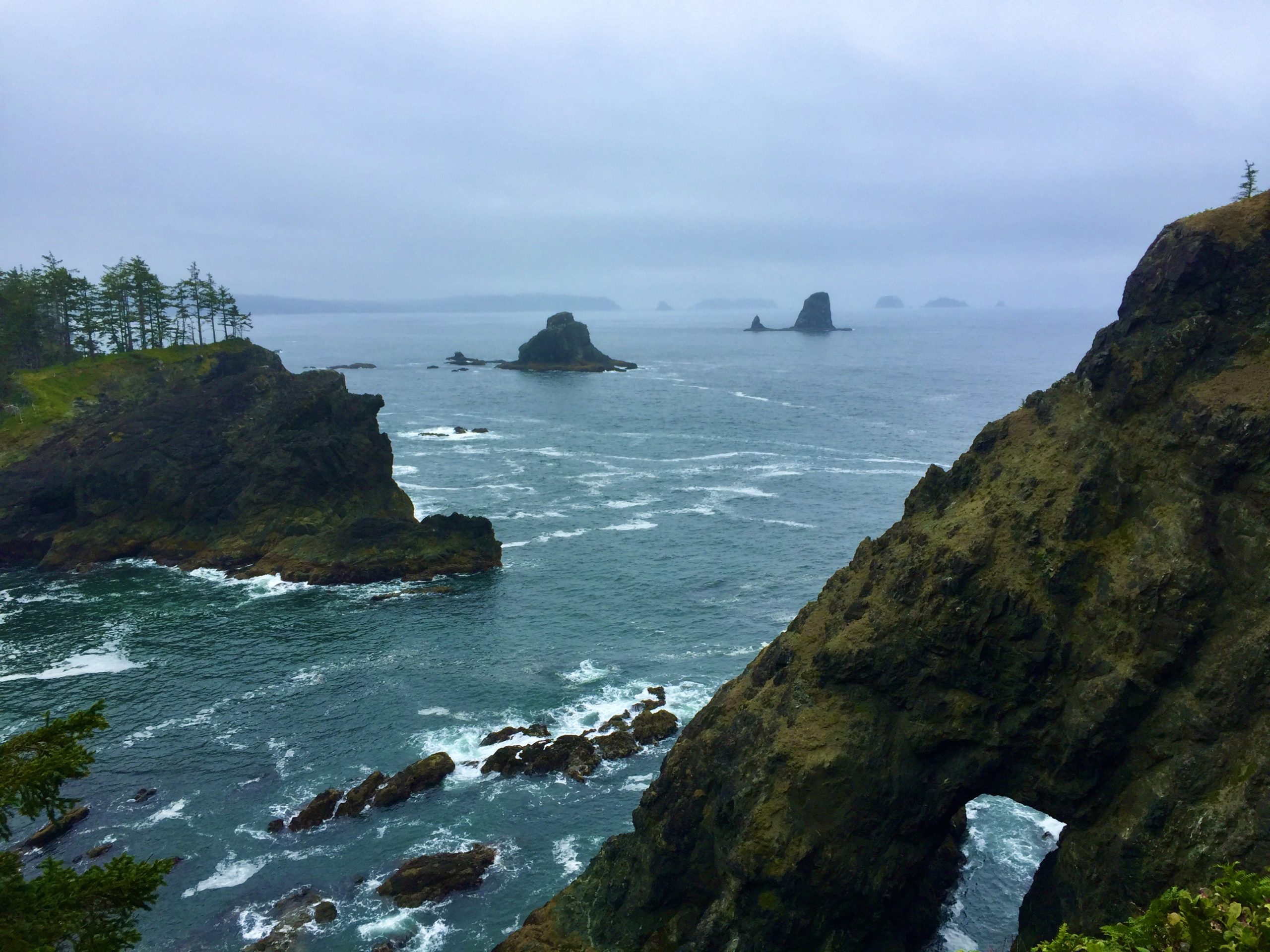

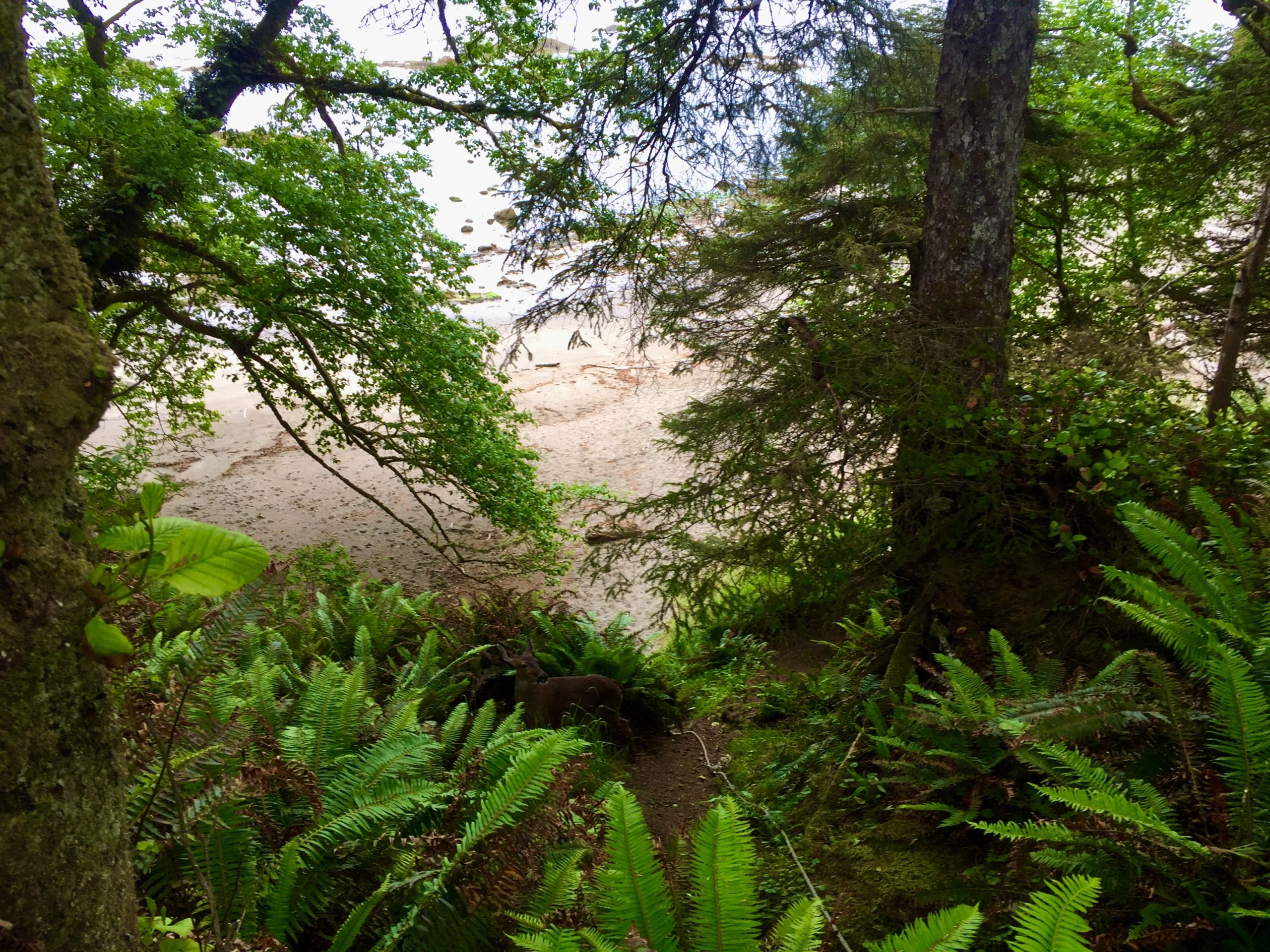
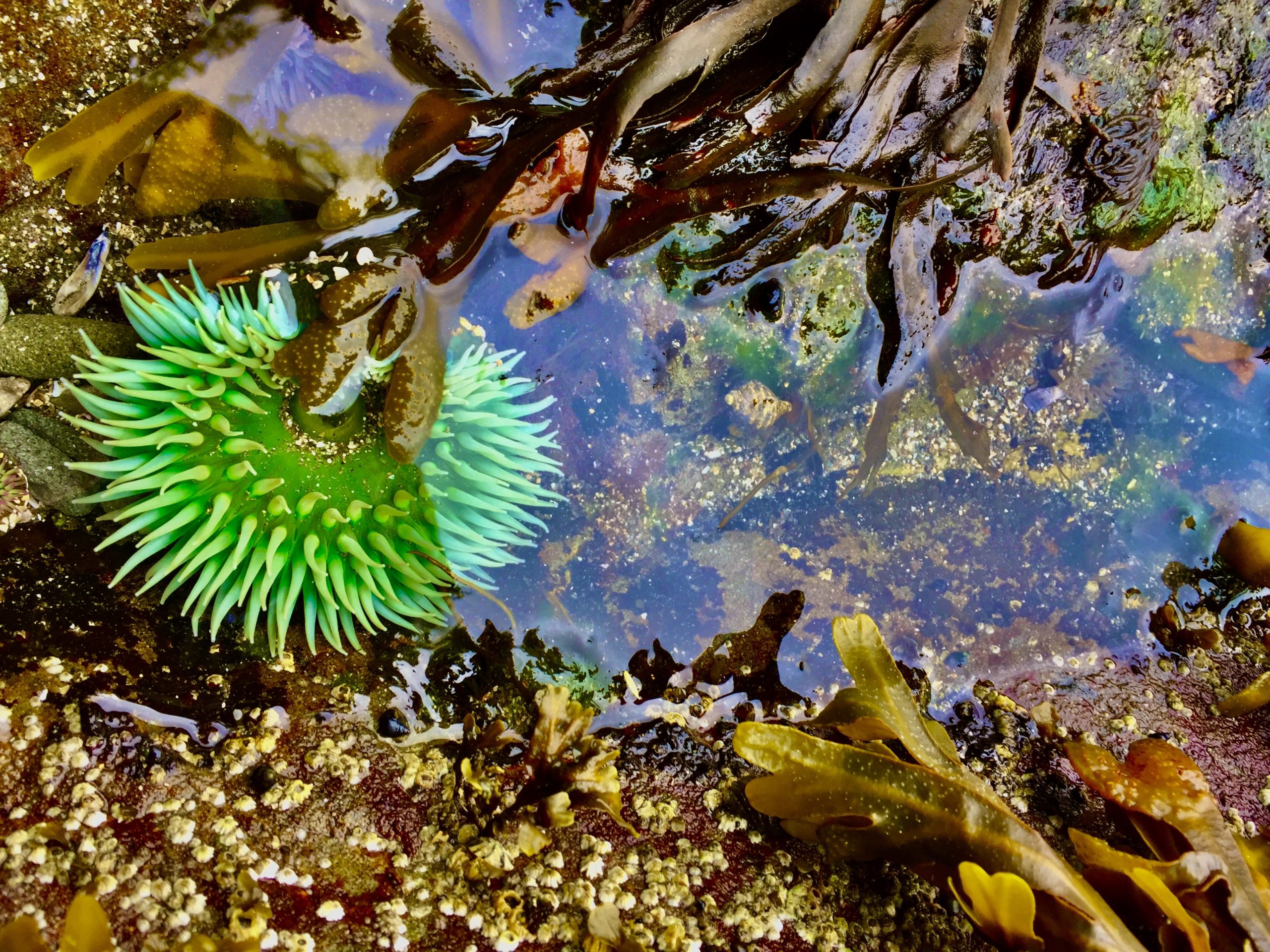
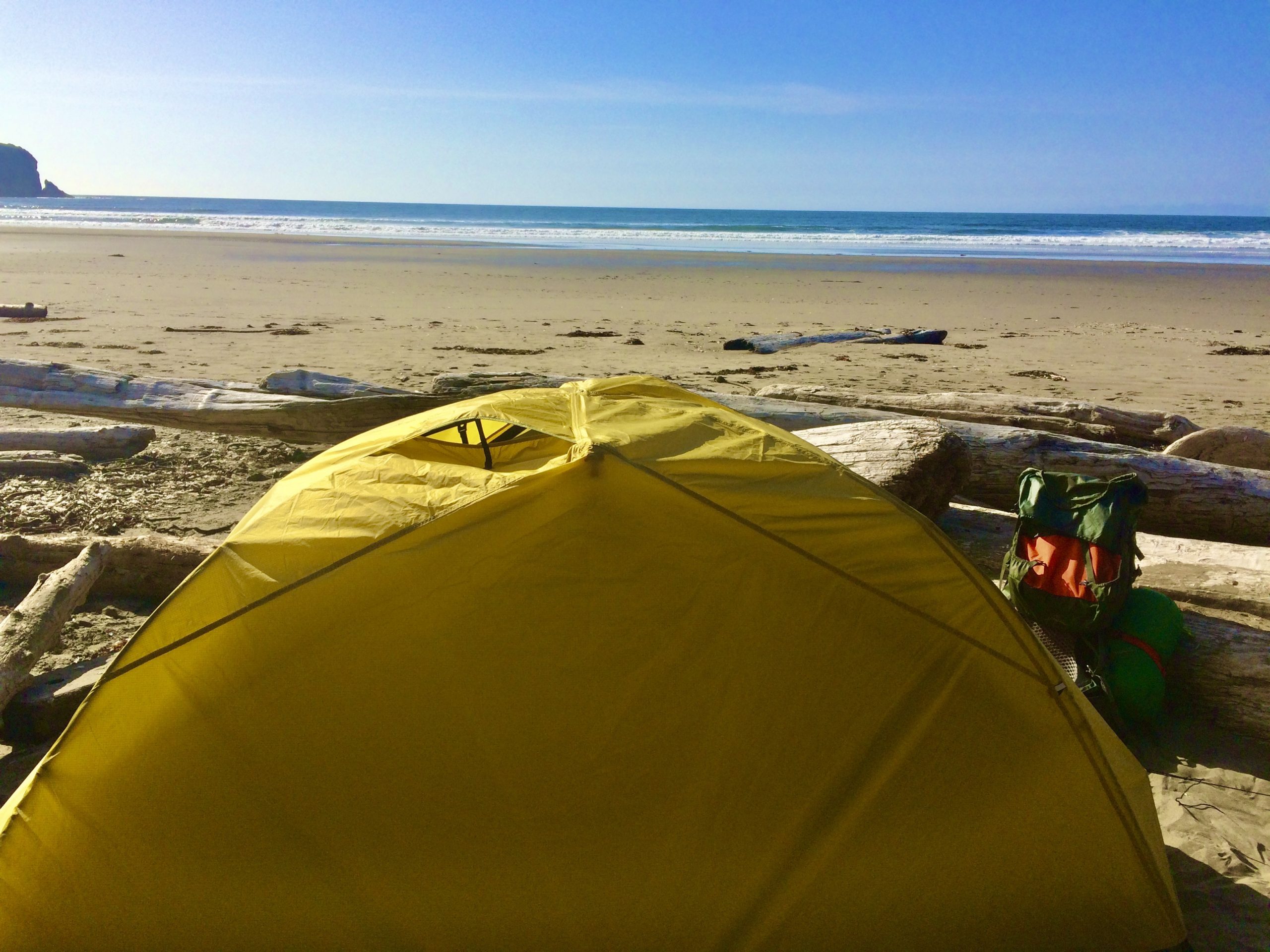


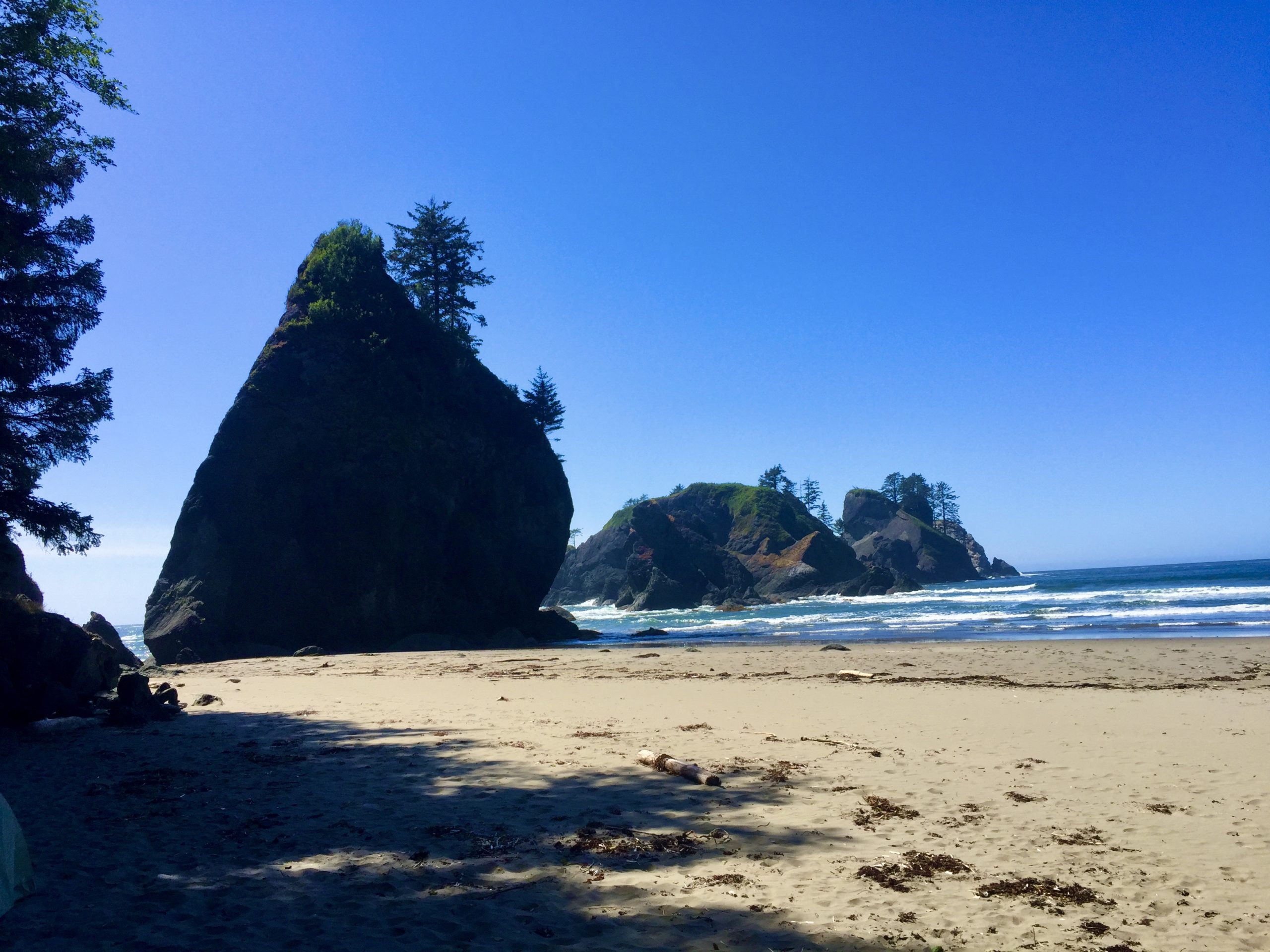

Comments 3
Great article! Well written and very helpful!
I’m a southeastern U.S. hiker with a daughter recently relocated to Seattle area. I already visited once with two days squeezed in, in the Mount Rainier area before the pandemic. Now that travel is becoming safe again, I’m looking forward to my 1st visit to the pacific coast in one of my next few visits. Thanks for a helpful article in that realm.
-Gene